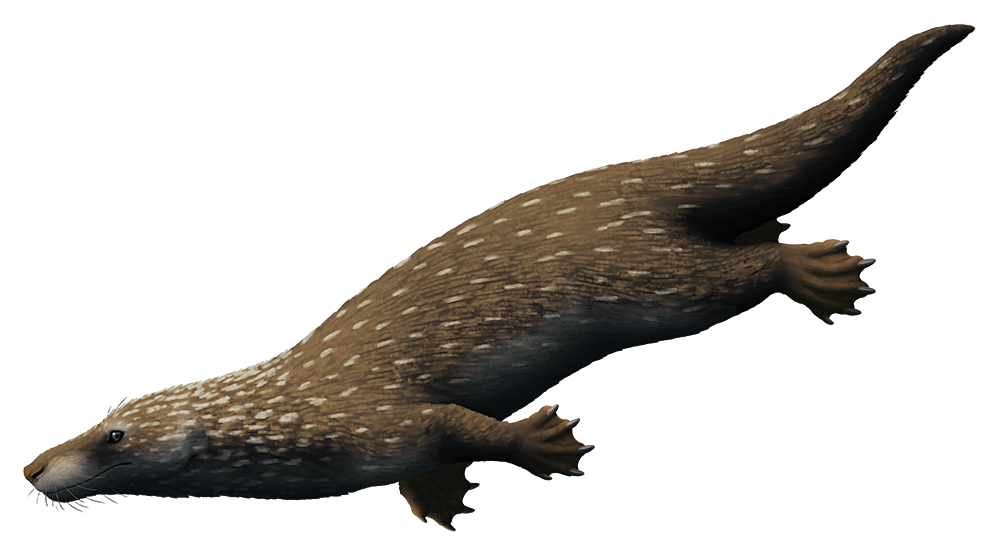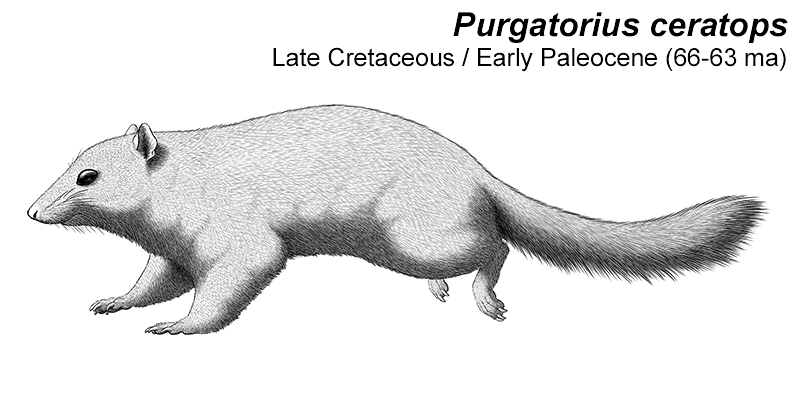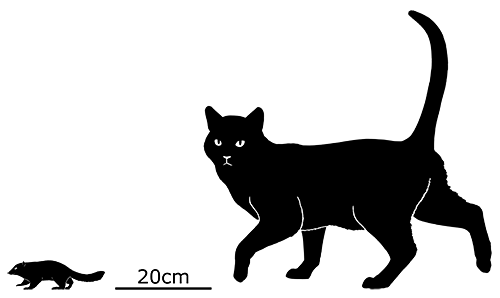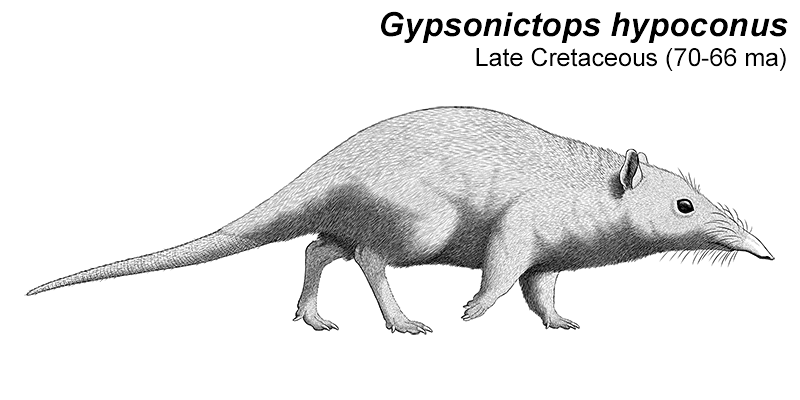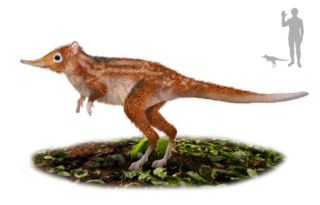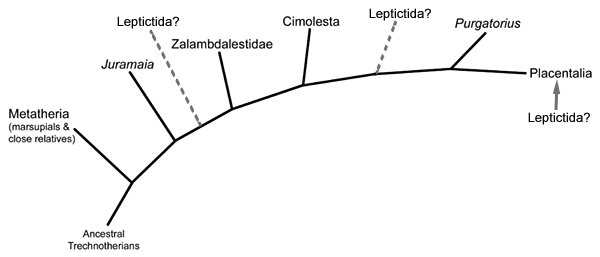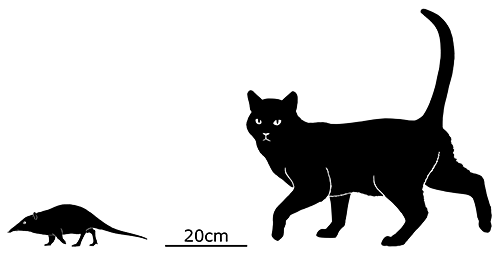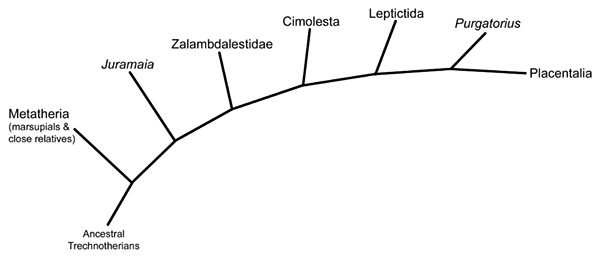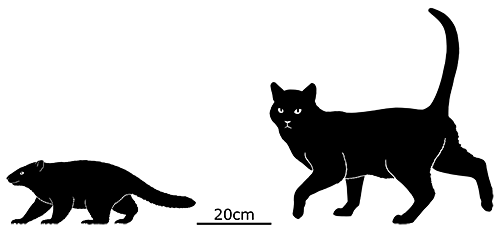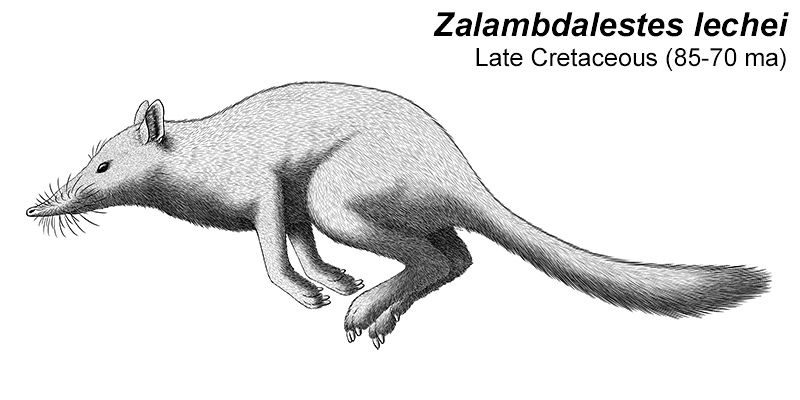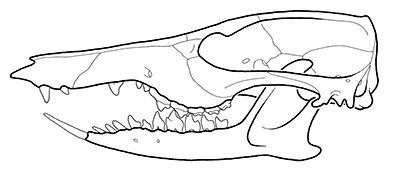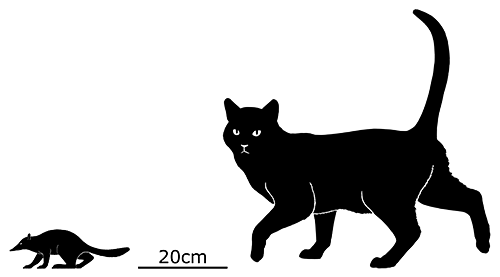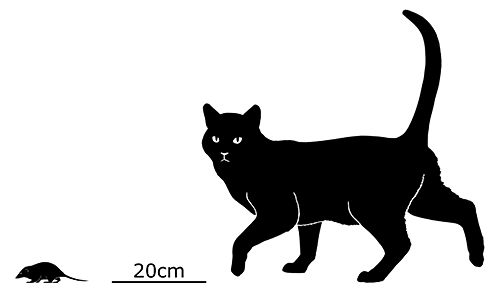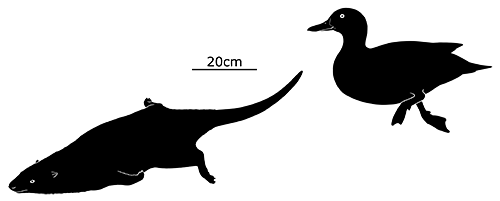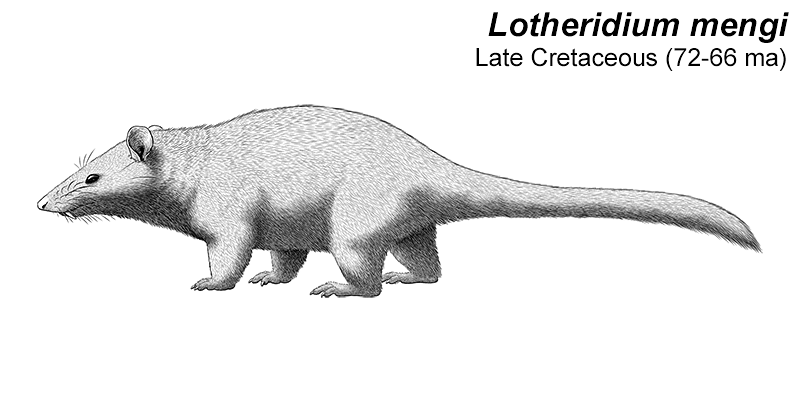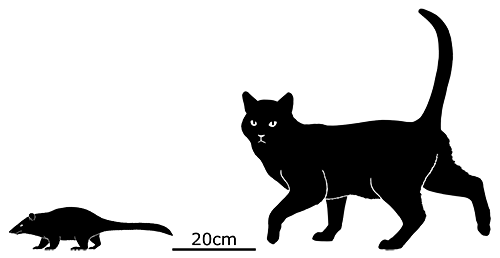Dicynodonts were a group of herbivorous animals with toothless beaks and protruding tusks, part of the synapsid lineage and much closer related to mammals than to reptiles. They were some of the most successful and widespread land vertebrates from the Late Permian to the Middle Triassic, with one genus even briefly taking over the world in the aftermath of the End-Permian mass extinction event.
And it turns out some of them got very big.
Fossils of a surprisingly large dicynodont were first reported in 2008, but it wasn’t until just recently (in late 2018) that this giant creature was finally given an official name – Lisowicia bojani.
Close in size to a modern elephant, at around 2.6m tall (8′6″) and 4.5m long (14′9″), it was by far the largest known example of its kind to have ever lived. And while most other dicynodonts had upright hindlimbs and sprawling forelimbs, Lisowicia seems to have developed a fully upright posture much more similar to that of quadrupedal dinosaurs and modern mammals.
It was also one of the very last of its kind, living during the Late Triassic of Poland, about 208 million years ago (although there was a possible later survivor in Australia). This was around the same time that early sauropod dinosaurs were likewise first starting to experiment with gigantism, suggesting that both groups were convergently evolving to exploit newly-available ecological niches.


